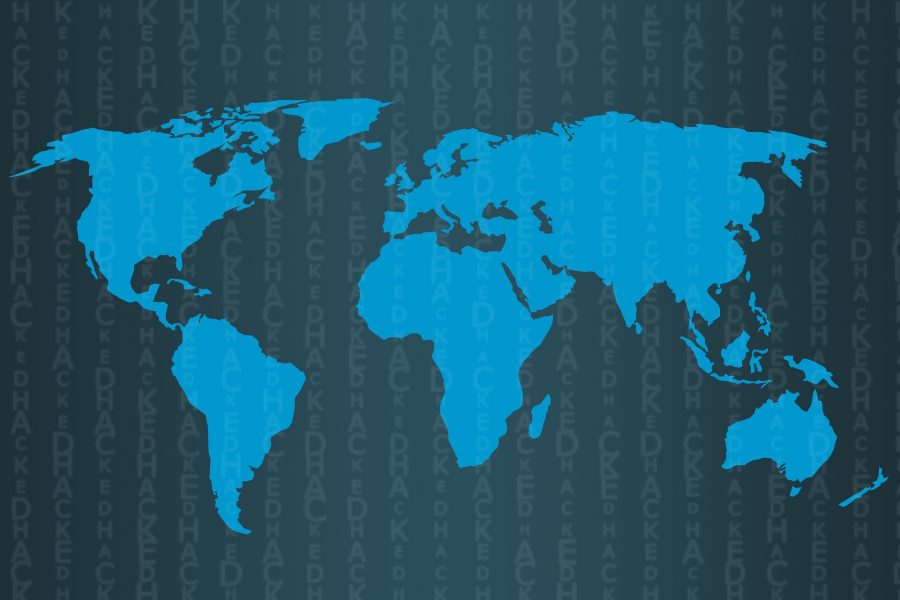Why is Telehealth getting more important in the health care industry?
In light of the ongoing COVID-19 public health emergency, all indications are that Telehealth along with telemedicine will become a significant channel for administering care. In addition, providers are now able to offer and be reimbursed for a wider range of services provided via telemedicine.
Studies show that telehealth incidents have grown 30 times since the pre-COVID days and is likely to remain at 10 times the pre-COVID level when it ceases to be a threat.
Why worry?
With the advent of telehealth, the nature of fraud and abuse has changed, too. While there is little doubt that it provides more flexibility from a location standpoint both for the patient as well as the care giver, physicians can create an additional revenue stream and meet with a significantly more number of patients daily the proliferation of on-line administering gives rise to an increased number of submission of claims for services for a phantom patient and billing fictitious virtual check-ins or e-visits.
Are your detection systems geared up to identify such instances?
Fraudsters have taken advantage of telemedicine and launched a litany of fraud schemes. The main telehealth fraud scheme includes:
- Billing medically unnecessary services
- Billing for services that are not provided to the patient
- Submission of claims for services for ‘phantom’ patients
- Billing virtual check-ins or e-visits as telehealth visits with a higher reimbursement rate
- Up-coding: inflating the time and complexity associated with office visits to increase reimbursement
- Unbundling: billing global or grouped procedures as separate claims to increase reimbursement
- Illegal kickbacks: payments of kickbacks in exchange for a physician prescribing or ordering durable medical equipment and diagnostic tests
What is Telehealth Fraud Scheme?
Of all the potential fraudulent schemes, kickbacks, and billing schemes are most commonly investigated and prosecuted by the government. They also happen to be the ones that create the biggest damages. The Department of Justice (DOJ) has already prosecuted significant telehealth schemes in both the civil and criminal divisions.
Does your current fraud detection system look for fraud schemes?
What is a ‘scheme’? A scheme entails the collusion between several individuals for systematic fraud that continue unnoticed for a long period of time.
The largest telehealth fraud in DOJ history
On September 30, 2020, the DOJ prosecuted the largest telehealth fraud as well as the healthcare fraud and opioid enforcement action in DOJ history. The investigation resulted in charges against more than 345 defendants across 51 federal districts for more than $6 billion in alleged fraud losses. Roughly $4.5 billion of that was connected to telemedicine.
Companies allegedly paid doctors and nurse practitioners to order unnecessary medical equipment, tests, and pain medication. In exchange, they received kickbacks from medical equipment suppliers or genetic testing laboratories, according to the DOJ report.
Nemesis, your answer to Fraud Detection in telehealth
Nemesis, Aviana’s anomaly detection technology helps to monitor and track incidences of unusual deviations from established treatment protocols, incidences or patterns of clinical or medication errors, detecting unusual claims, and billing errors.
Nemesis provides a powerful and intuitive solution not only to address these critical medical insurance challenges but more specifically fraud schemes that are draining the organization of significant revenue.
Nemesis begins by automatically establishing the baseline or expected behavior. It also determines unexplainable deviations from normal behavior in real-time, targeting the fraud quickly and precisely. For these potential fraud activities, Nemesis drills down and conducts root-cause analysis on the drivers for the unusual behavior.
Not only can Nemesis detect the individual fraud case, but it can also conduct Fraud Scheme Detection. In the largest telehealth fraud in DOJ history cases, the ACTORs (the source of fraud) are different from case to case. For example, two men were charged with conspiracy for reportedly paying kickbacks in Florida, while a telemedicine company pled guilty for a kickback scheme that involved paying call centers.
Nemesis can identify the suspicious claims that share common attributes. Investigators receive a detailed report from Nemesis about those related transactions and conduct a hands-on investigation right away, preventing the snowballing fraud scheme.
Using Nemesis, business users and domain experts can quickly define the metrics to track.
What Modules Nemesis has to eliminate and prevent the telehealth fraud scheme?
- Intelligent Data Orchestration (IDO)
- Model Builder & Inspector
- Insight Dashboard
- Integrated Case Management
- Machine Learning & AI technology
To add the cherry, Nemesis can empower the analysts, with or without a data science background, to independently manipulate Nemesis to detect the abnormal activities and dig into the reasons behind with a single click, preventing and eliminating fraud wastes and abuses.





